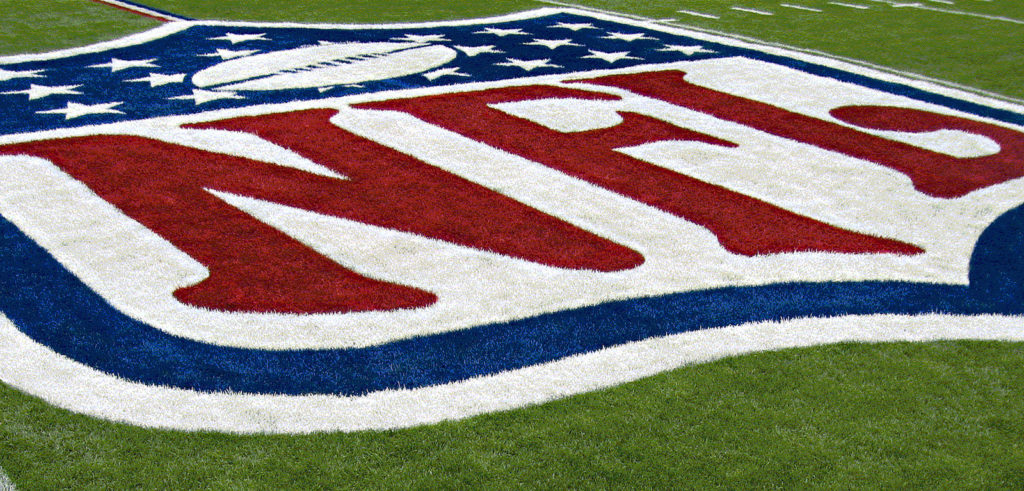News
Concussions in the NFL dropped nearly 25% in 2018

According to new figures released by the NFL, the number of concussions on the league dropped nearly 25% throughout the last season.
The league recorded a total of 214 concussions in 2018, including both practices and games in the preseason and regular season. This is a 23.8% drop from the record 281 brain injuries in 2017.
ESPN says NFL executives were hesitant to comment too much on the information, saying they were still analyzing the data, but they are optimistic that the league is heading in the right direction. They also indicated the decrease may be a reflection of the league’s “call to action” given after the 2017 data was released.
“We are pleased with the progress,” said Jeff Miller, the NFL’s executive vice president for health and safety initiatives. “It was obviously an advance for the health and safety of our players to see fewer concussions. But it is simply one step in our longer effort to continue to drive down concussion rates.”
Throughout 2018, league staff conducted 538 concussion evaluations which diagnosed 214 total concussions – the second-fewest since the league began releasing data on concussions in 2012.
As Dr. Allen Sills, the NFL’s chief medical officer, explained, the league took a number of steps following the 2017 report. Namely it focused on three areas – early intervention in training camp practices, banning underperforming helmets, and creating new rules based on medical research.
The NFL specifically targeted seven teams who recorded a particularly high number of concussions in preseason training camps. The league gave the teams in-depth data on how the concussions occurred during camps and how to reduce the risk in the future.
While all but one of these teams reduced the number of concussions in preseason training, the overall number of brain injuries and practices and training camps remained nearly the same.
Instead, the majority of the decrease comes from a 29% drop in concussions during games. Still, what led to the decrease remains in question.
“We are excited and grateful for the changes that we’ve seen,” Sills said, “and we feel like this decrease is not a random variance but a reflection that the data-driven approach has made an impact. But this is not a one-year project. It’s an ongoing commitment on our part to drive down injuries, not only concussions but also other parts of the body.”



